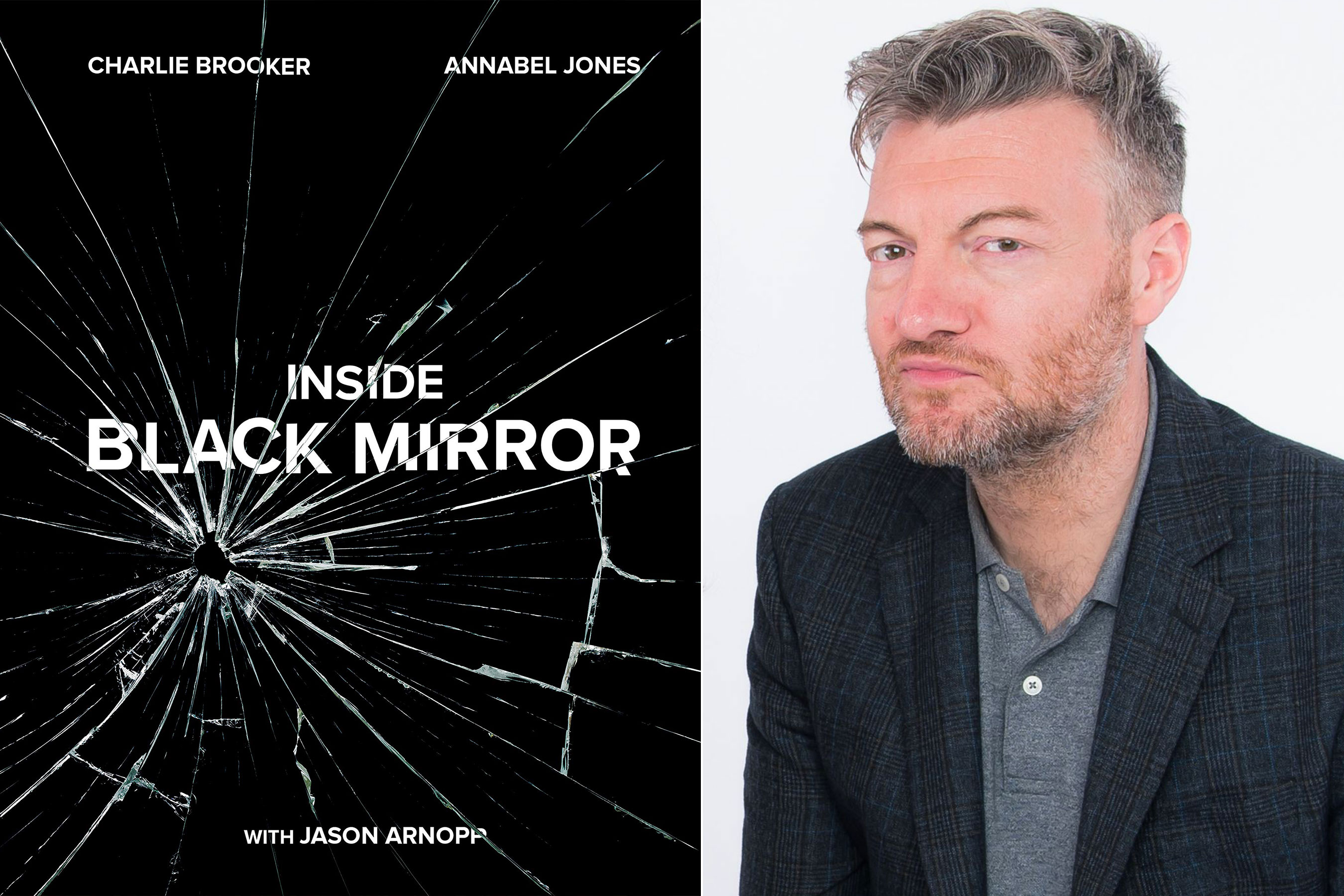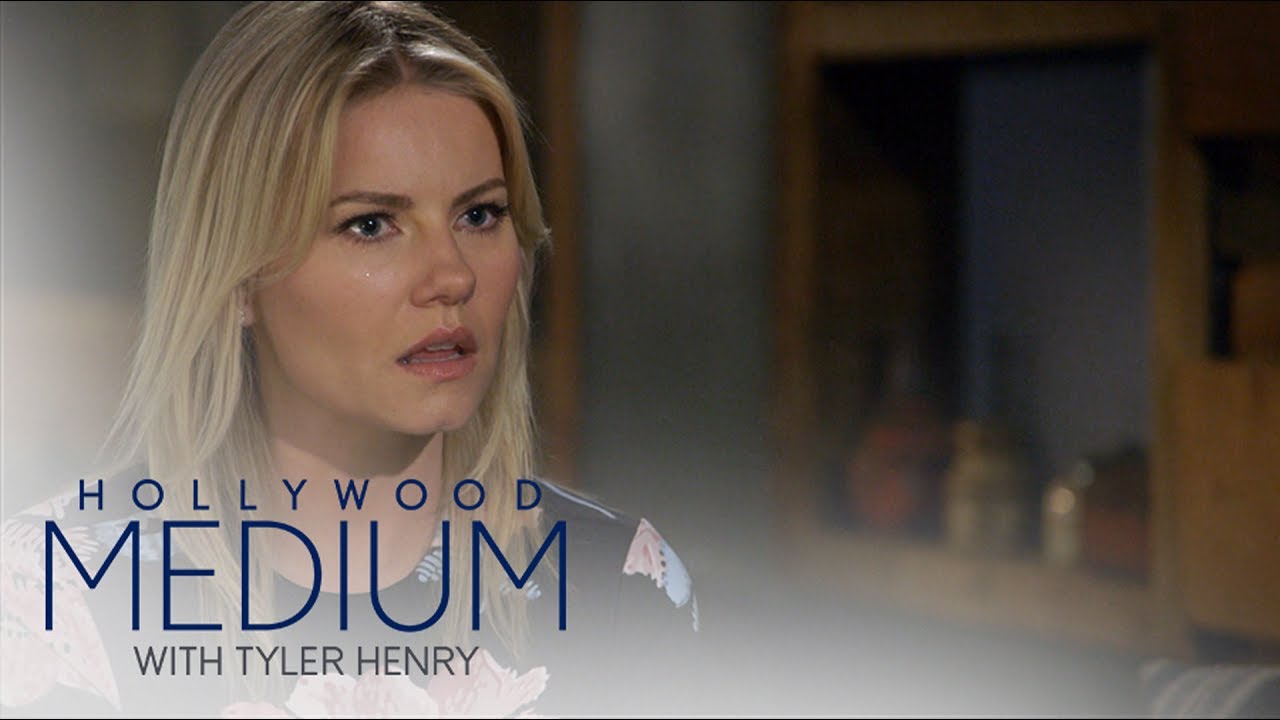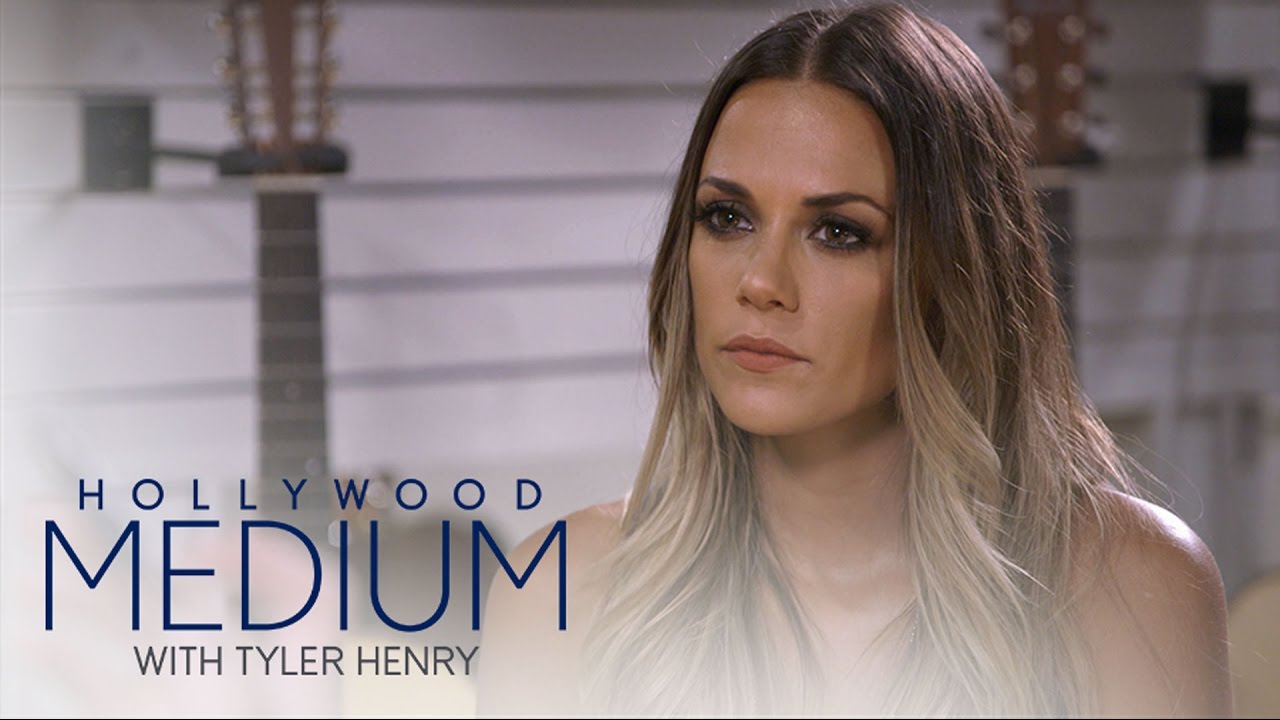
In just a few short years, Black Mirror has become the pop-culture prophet of our times. The anthology show’s stories about the unforeseen dangers of technology at first seemed out of step with the dominant optimistic worldview that smartphones and social media would save humanity. But now that we’ve had time to realize the addictiveness of phones and social media companies’ growing power over our personal data (power that is perhaps being wielded unethically), the Black Mirror view of technology’s dangers feels increasingly relevant.
The new book Inside Black Mirror, out this week from Penguin Random House, tells the behind-the-scenes story of the show and its unintended prophecies. Featuring interviews with co-showrunners Charlie Brooker and Annabel Jones, as well as a host of various cast and crew members, the book goes in-depth on each episode of the show and how concepts made it from page to screen.
“It’s a big team effort, and I think it’s useful for fans of the show and people interested in writing to see how the process works,” Brooker tells EW. “Some people probably think the show is created by some furrow-browed Unabomber types who despise all technology and want to live in a wooden box. It’s not that all, we’re quite self-deprecating, I think we’ve got a good sense of humor and we’re goofy.”
Ahead of the book’s release this week, EW caught up with Brooker to discuss stories and revelations from a few specific episodes.

Penguin Random House; Andrew H Walker/Variety/REX/Shutterstock
Table of Contents
“San Junipero” (Season 3, Episode 4)
This season 3 standout has been justly celebrated for its sci-fi same-sex romance story with a happy ending, but Brooker says he’s surprised more people don’t comment on the fact that the protagonists are actually old women in a virtual reality simulator. That’s key to the whole thing; in fact, the episode was actually inspired by Brooker’s viewing of a 2010 BBC documentary called The Young Ones.
“They took celebrities who had been famous and were now old, and they moved them into this house for a week that had been redecorated to look like the ‘60s, and played music from that era. It was like they threw their walking sticks away,” he says.
Although Kelly (Gugu Mbatha-Raw) and Yorkie (Mackenzie Davis) spend most of their time in the virtual-reality resort of San Junipero in an ‘80s-themed setting, some other eras are briefly glimpsed. Inside Black Mirror contains concept art for how the main arcade/bar would look in different decades — see some of those pictures below. At one point, Brooker even wanted them to travel to the ‘20s and play with some flapper fashions, but it was the ‘80s setting that captured director Owen Harris’ imagination. Among other things, it allowed the episode’s creative team to complicate the typical optimism of ‘80s-centric nostalgia.
“By setting it in that period, we could do a same-sex story in which they get married, which wouldn’t have been legally possible then,” Brooker says. “That’s another thing i’m surprised doesn’t get picked up on more.”



“15 Million Merits” (Season 1, Episode 2)
An early highlight of the show’s initial run, “15 Million Merits” painted a portrait of a dystopian future society in which most people live a drab, proletarian existence of physical labor, but are fine with it because the harder they work the more “merits” they get to spend on personal entertainment. It’s never grabbed as many headlines as its pig-centric predecessor “The National Anthem,” but it was always meant to be a different kind of episode.
“That’s one I still think gets slightly overlooked,” Brooker says. “It was very deliberate how we rolled the series out. We went from ‘The National Anthem,’ which had this outrageous darkly comic premise, to this very, very stylized world in our second episode. It was meant to be a slightly dreamlike world we’re creating. We don’t explain much about what’s going on there, we never explain exactly what this world is. Some people think it’s a prison. Are they underground? Are they in space? You don’t know.”
In addition to its skill at predicted technological developments, Black Mirror also has a knack for casting actors who go on to achieve stardom. “15 Million Merits,” for instance, stars Daniel Kaluuya, who has since earned a Best Actor Oscar nomination for his lead performance in Get Out and appeared in other critically-acclaimed films like Black Panther and Widows. In fact, his work on Black Mirror apparently led directly to his other achievements.
“When it comes to Daniel, when we saw his audition it was a bit of a no-brainer,” Brooker says. “It’s a very tricky part because for the first 15-20 minutes he hardly says anything, he’s sort of depressed. When he comes to that big speech at the end where he has this huge explosion and rails against everything in that world, he was so incredible in that scene, such a towering performance, that I remember thinking, ‘As soon as anyone sees this, surely this guy will get snapped up by everyone.’ I was waiting for that, and then it felt like it didn’t quite happen; he was in Sicario and working, but I thought he was a leading man. And then I remember seeing the trailer for Get Out like, ‘Oh my god it’s Daniel!’ I later discovered later that it was because Jordan Peele had seen him in ‘15 Million Merits’ that he was cast in Get Out. That was like, oh that’s good. Obviously he would have got there on his own because he’s such a talent, but it’s very gratifying that was literally the thing Jordan Peele saw that made him go, who is this guy? That’s brilliant, and it was born out, because how f—ing good was he in Get Out? He’s just an exceptional talent.”
“Black Museum” (Season 4, Episode 6)
Brooker credits the show’s casting directors and the anthology format itself for the show’s ability to give “fairly meaty roles” to either promising newcomers or accomplished veterans without worrying about long-term commitments. The final episode of season 4, for instance, featured Letitia Wright before anyone had gotten the chance to see her star-making performance in Black Panther.
“She did an audition for us, and there was this voice reading lines off camera that she was responding to,” Brooker recalls. “It was an American accent, but Annabel and I were going, ‘We recognize that voice, where is that voice from?’ And it was Daniel Kaluuya! He was reading off-camera for her, and the character he was reading was American so he was doing his U.S. accent, and they were just doing it in her trailer for Black Panther. We got her just in time, because now she’s much more in demand.”
Although guest contributors have always been a part of Black Mirror, the switch to Netflix in recent seasons has also opened the show up to even more outside voices. Inside Black Mirror talks about how Parks and Recreation showrunner Mike Schur and actress Rashida Jones helped write the season 3 opener “Nosedive” (in which a woman becomes consumed with boosting her crowd-sourced rating on an app), while Jodie Foster directed the season 4 episode “Arkangel” (about a mother installing parental control technology into her daughter’s brain). Brooker says celebrity magician Penn Jillette also contributed to “Black Museum.”
“Now that we’re on Netflix, we have a big profile, so we’re in the very lucky position where sometimes people are coming to us and saying ‘I’d like to be in your show’ or ‘I’d like to work on your show,’” Brooker says. “Like, Penn Jillette came up with a story idea for one of the things we did in ‘Black Museum.’ Sometimes there are slightly odd places these things come from. That was quite unexpected, and I ended up basing the Rolo Haynes character in the episode on the way he speaks, as a result.”
“Metalhead” (Season 4, Episode 5)
The terrifying, multi-purpose robotic “dog” that chases Maxine Peake’s character through the black-and-white wasteland of this season 4 standout bears more than a little resemblance to the real-life robots being developed by Boston Dynamics (and the new book gives an inside look at how the show’s producers developed their version of the robot). In this case, Black Mirror hasn’t predicted the basic technology at work, but one thing “Metalhead” keys into is changing attitudes around new technology.
“The general view has shifted,” Brooker says. “If you watched a video of a Boston Dynamics robot 10 years ago, you’d have gone, ‘That’s awesome!’ But now there’s all sorts of other things in your head and it’s like, ‘Hang on a minute.’ It’s gonna have ears like an Echo that can hear everything I say, and it’s gonna have built-in facial recognition, and some Russian bots will probably be controlling it.”
Brooker, though, is actually encouraged by this increased caution.
“As a species we tend to learn from making mistakes,” he says. “I think we’re currently on a transitional period where we’re starting to question, hang on a minute, am I hooked on this phone? How can I believe what I’m reading? Am I being myself on the internet? I think we’re seeing the pitfalls, which hopefully means we’ll get better at using it, because this technology isn’t going away. Hopefully we’re becoming more conscious and mindful of what we’re doing. It’s a bit like someone who’s been binge-eating ice cream for 10 years going, ‘Hold on, my waistline is expanding here.’ It doesn’t mean you stop eating ice cream, you just think a bit more carefully about how you consume it. That’s my hope anyway. You look at some of the stuff that’s going on now and it’s hard to see how we steer through it. I don’t know; we never present answers to stuff on the show, because we don’t have any.”
Related content:



